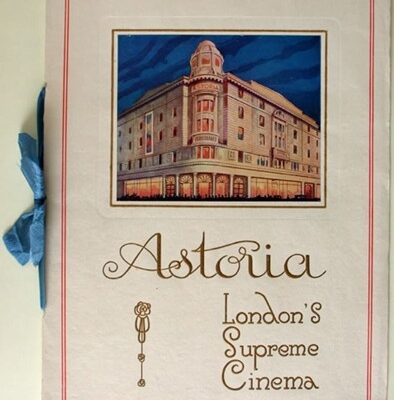Dangerous Locations
The Arbor, a prefabbed suburb to the north of Bradford, is part of the British hinterland. One of the most deprived estates in England, it’s a honeypot for drugs, crime, council initiatives and the English Defence League. The Arbor is condemned as a forgotten community. In fact, since the days of playwright Andrea Dunbar—’the genius from the slums’—it has been overexposed; a poster child for sermons on ‘Broken Britain’ and dutiful state-of-the-nation features on Calendar News.
So when a noisy, stressed film crew descended on The Arbor in the early hours of an August morning, carting three trucks’ worth of kit, a tension hung in the air. How would this insular and fiercely proud community, misrepresented by so many on so many occasions, respond to what we were doing and asking them to do? Because those characterisations also held truth. The Arbor has more than its fair share of ambling youths, joints in mouths, a pit bull in one hand and a golf club in the other. Our accommodation came with the proviso of visitor status. This was their turf and we hadn’t asked permission.
A truce was formed, at first uneasy, then close and fruitful. By the end of the shoot, it felt like a carnival. This was largely due to Clio Barnard, whose skill, kindness and composure fully justified the term ‘director’. “Every time the camera cut, we had kids climbing all over the set, wanting to look at the camera, riding horses and quad bikes through the middle,” Barnard says. “There’s a shot in the film of a kid doing a backflip off a road sign. That wasn’t scripted. He worked out where we were shooting, got in the way and just did it. I had to be constantly aware of catching those moments.
“The people were incredibly open and very friendly,” she continues. “Some people were wary initially because they are understandably protective. They’ve felt that Buttershaw Arbor has been misrepresented in the past. There is a very coherent sense of community, but parts of that have been very neglected, and I think that should be exposed. The film is about neglect, not just on a personal level, but neglect of entire communities.”
… continues











